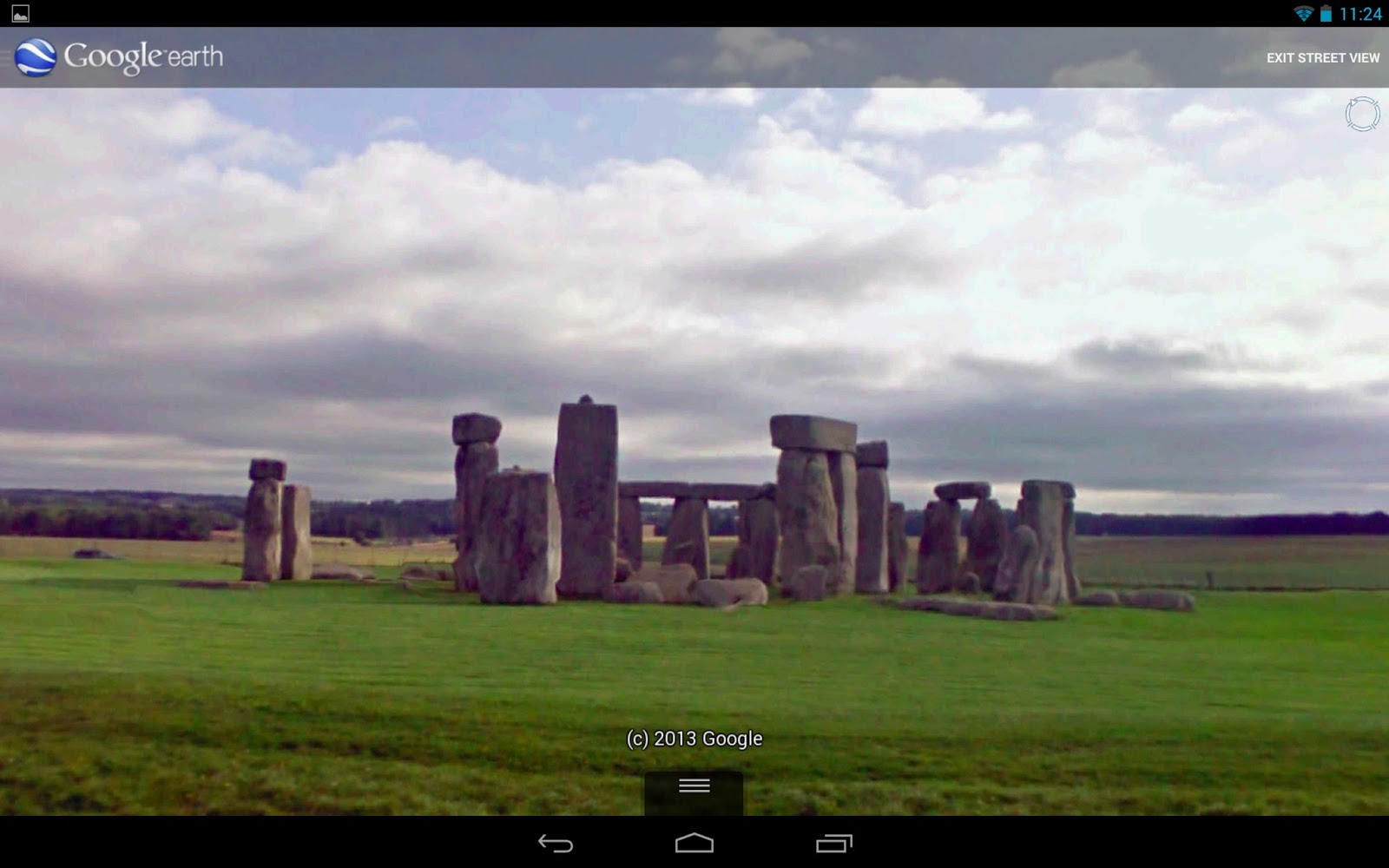

India Today Tech was able to test and verify the availability of Street View in Delhi, Haryana, Uttar Pradesh, West Bengal, Andhra Pradesh, and Madhya Pradesh. Similar to the app, you can view the image date at the bottom of the screen. You will notice blue lines running across Google Maps. Search for a location and select Street View from the Layers box on the bottom left. Open your browser, preferably Google Chrome, and launch the Google Maps website. doi: 10.15585/ use Street View on the Google Maps website Hospitalization rates and characteristics of patients hospitalized with laboratory-confirmed coronavirus disease 2019-COVID-NET, 14 States, March 1–30, 2020. Ĭongressional Research Service COVID-19 Pandemic’s Impact on Household Employment and Income. The US Labor Market During the Beginning of the Pandemic Recession National Bureau of Economic Research: 2020. Ĭajner T., Crane L.D., Decker R.A., Grigsby J., Hamins-Puertolas A., Hurst E., Kurz C., Yildirmaz A. Bureau of Labor Statistics, the Employment Situation-March 2020 Department Of Labor, United States of America: 2020.

Computer vision and big data image sources make national studies of built environment effects on COVID-19 risk possible, to inform local area decision-making.ĬOVID-19 GIS big data built environment computer vision machine learning.Ĭenters for Disease Control and Prevention (CDC) Cases in the U.S. Sociodemographic disparities also highlight differential COVID-19 risk across groups of people. Our findings suggest that built environment characteristics can help characterize community-level COVID-19 risk.

Percent black and percent with less than a high school education were associated with more COVID-19 cases. Indicators of lower urban development (single lane roads and green streets) were connected with fewer COVID-19 cases. Indicators of mixed land use (non-single family home), walkability (sidewalks), and physical disorder (dilapidated buildings and visible wires) were connected with higher COVID-19 cases. We utilized Poisson regression models to determine associations of built environment characteristics with COVID-19 cases. We leveraged Google Street View (GSV) images and computer vision to detect built environment features (presence of a crosswalk, non-single family home, single-lane roads, dilapidated building and visible wires). Neighborhood built environments that allow greater flow of people into an area or impede social distancing practices may increase residents' risk for contracting the virus. Neighborhood environments may structure risks and resources that produce COVID-19 disparities. The spread of COVID-19 is not evenly distributed.


 0 kommentar(er)
0 kommentar(er)
